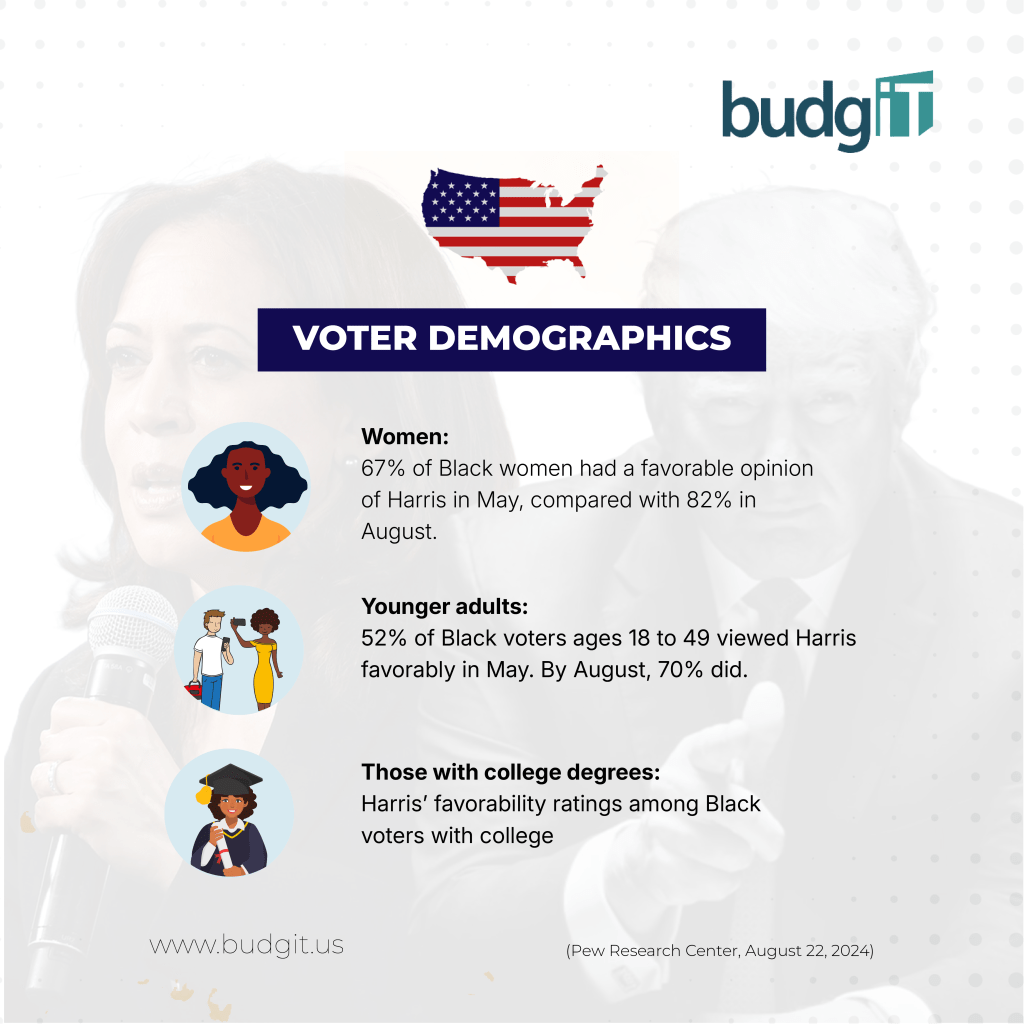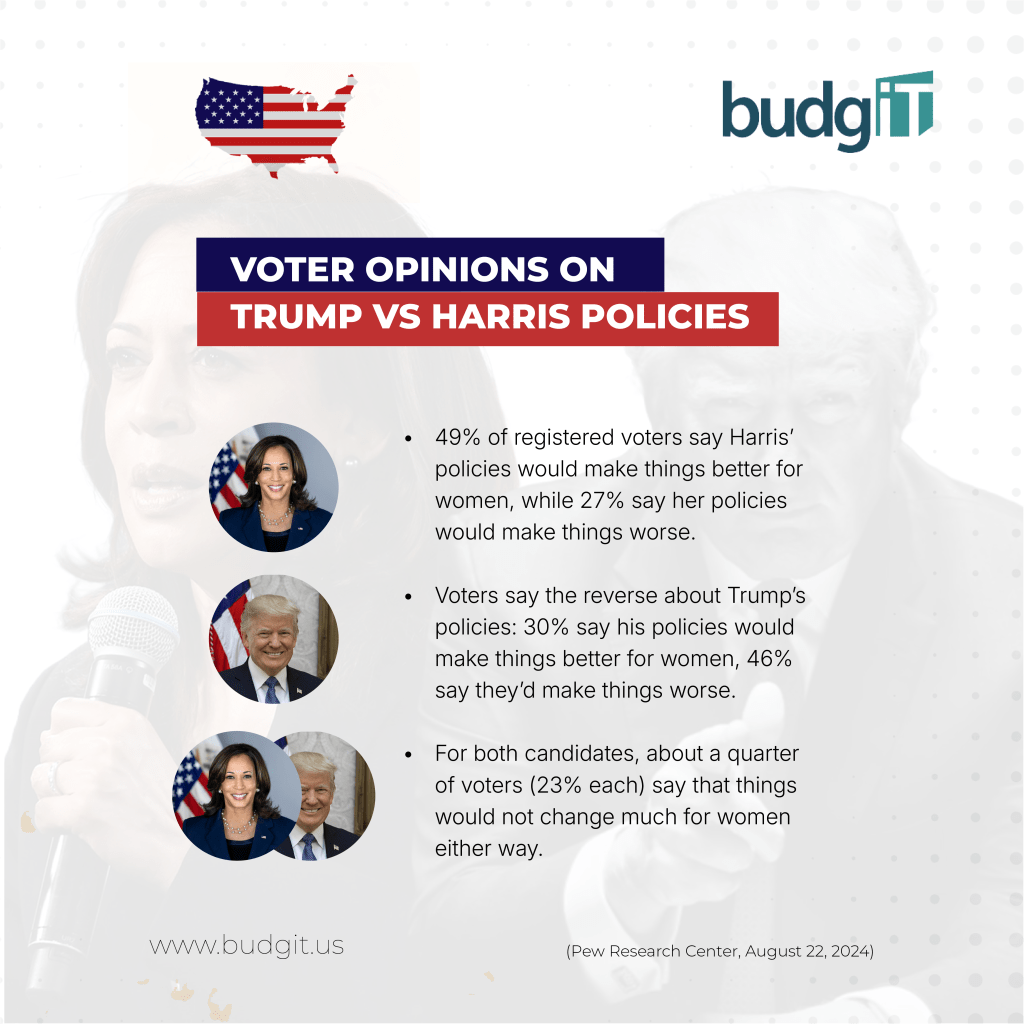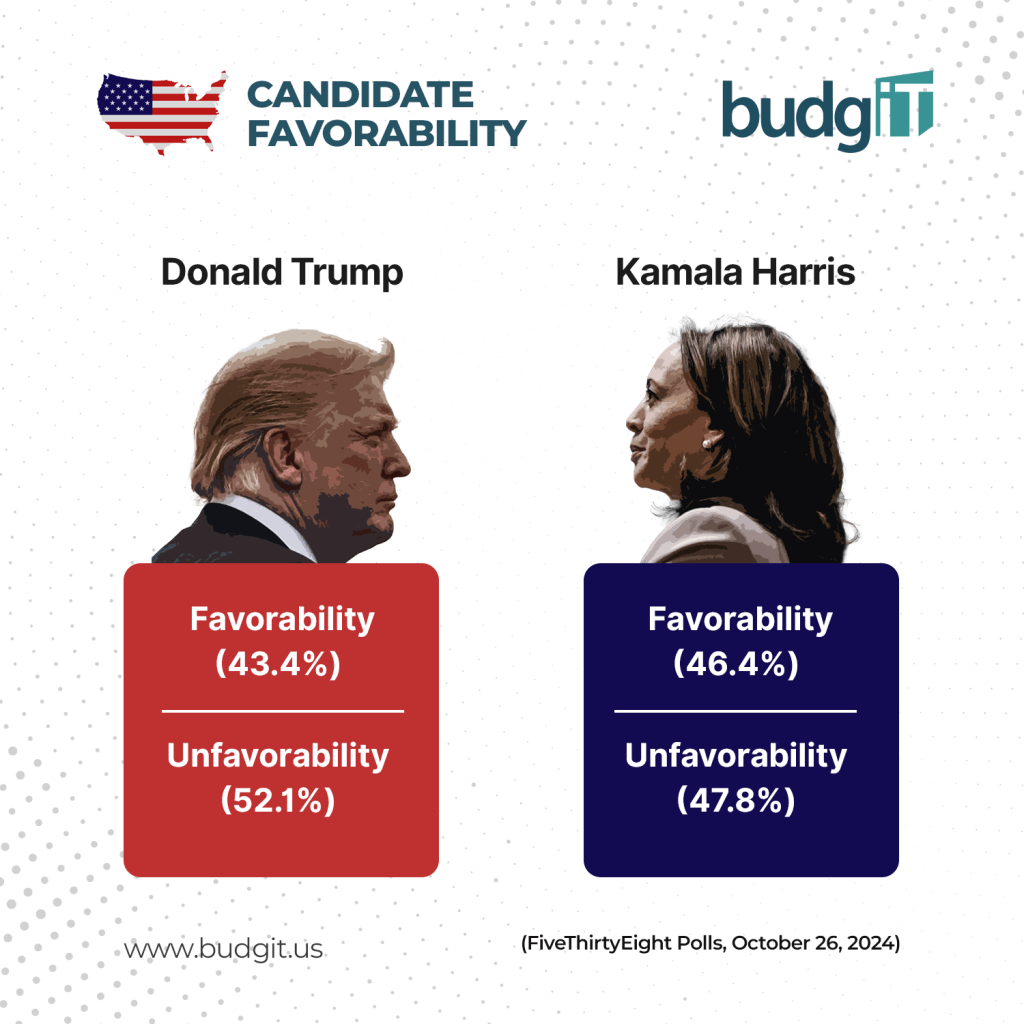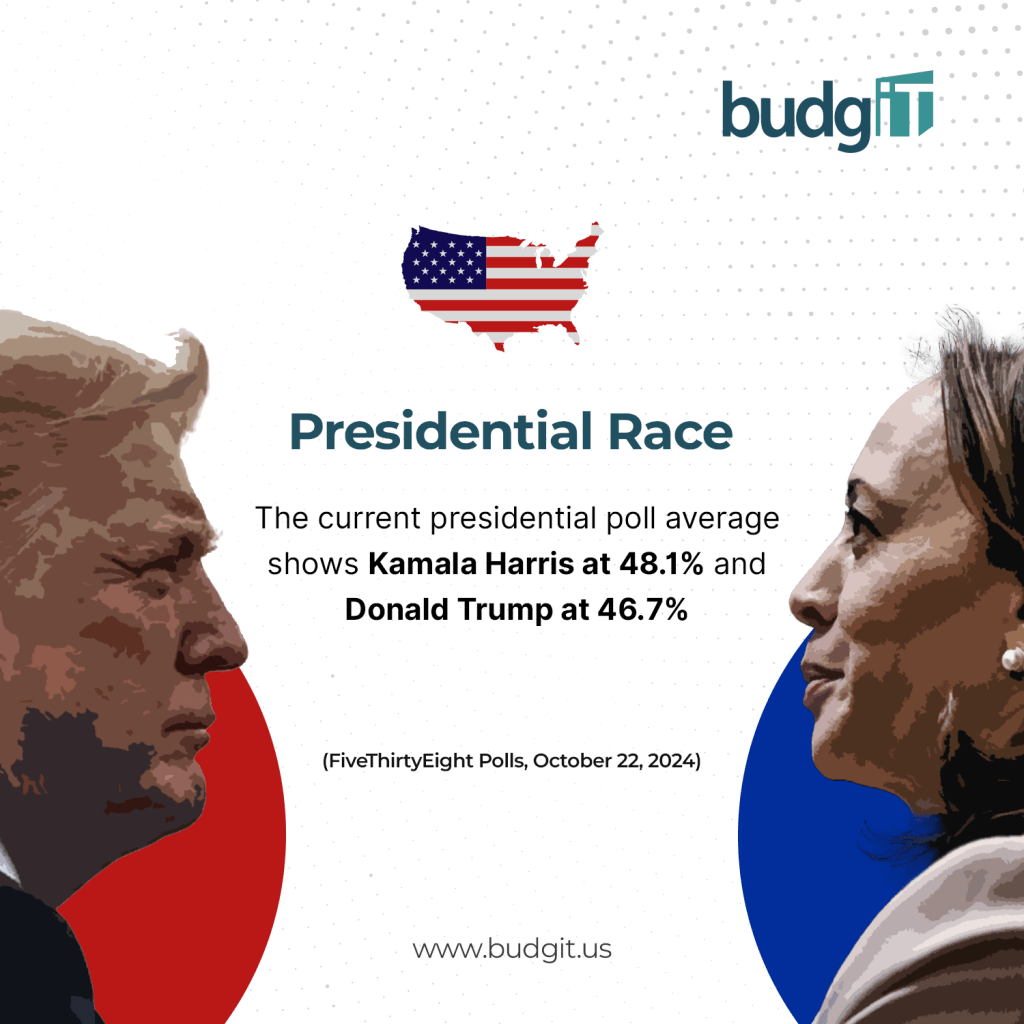As we get closer to the 2024 U.S. elections, the political atmosphere is rife with debates and controversies. Key issues such as inflation, the post-pandemic economic recovery, healthcare accessibility, climate change, and social justice have taken center stage in political policies. The 2024 U.S. elections are currently heading towards being one of the most critical in recent history. Deep partisan divisions and an ever-evolving electoral landscape are the significant characteristics of the current election.
The political climate has been unstable due to many sequential electoral events. Some of these events are the highly contested 2020 presidential election, where Trump was accused of committing voting fraud, and the January 6 Capitol riot, which impacted the sentiments of voters. Besides these events, the opposition of Republicans and Democrats and the current contestation for congressional seats have made it vital to understand what’s at stake.
What’s at Stake?
Recent events, including the ongoing political debates, voter rights, misinformation, and policy issues around abortion and gun control, have complicated the electoral process. So, it has become a priority to understand how these electoral dynamics can affect everyday lives because these issues shape both policy outcomes and the future of democracy in the United States.
The 2016 and 2020 elections have shown how votes can tip the power scales. The emergence of grassroots movements from unions and increased mobilization of voters are some of the current trends influencing electoral engagement. The current state of the 2024 U.S. elections is heightened because of the potential impact legislative priorities and governance pose in light of the challenges of emerging political entities.
Current Electoral Shifts
The 2016 and 2020 elections demonstrated significant shifts in voter demographics and behavior. For instance, in 2016, Donald Trump gained ample support from the rural white working-class voters; however, in 2020, there was a surge in the turnout among younger voters and people of color, particularly in urban areas. According to the U.S. Census Bureau (2021), there was a 50% increase in voters between the ages of 18 and 24 who turned out to vote in the 2016 and 2020 elections. These statistics shed light on the evolving characteristics of demographics in election outcomes.

Emerging Issues
Economic inequality, access to healthcare, and social justice movements have become more pressing in the current electoral atmosphere. According to a Pew Research Center survey, 71% of U.S. adults rate strengthening the economy as a top priority, followed by reducing healthcare costs (61%), addressing the coronavirus (60%), improving education (58%), and securing Social Security (57%).
These new issues have caused an increased divide between the Republicans and Democrats due to their differing opinions on progressive policies. Republicans support more controlled and conservative themes. At the same time, the Democrats have used this new increase in support for social movements to shape their progressive platforms geared toward younger voters.

How False Narratives Shape the 2024 Elections
During elections, misinformation is rampant. As such, it is imperative to be watchful of misleading information that can shape voter’s perceptions and influence the general outcomes of elections. Misinformation can have far-reaching consequences, as seen during the 2020 election voter fraud claims, discouraging voter participation in some communities. Another result of misinformation is reduced voter turnout, especially among young and marginalized groups.
Research shows that millions of Americans are prepared to believe false statements. For example, more than a third of Democrats endorsed the claim that the assassination attempts on Trump during rallies were staged. Conversely, four in 10 Republicans say that these assassination attempts were not staged, but multiple people were involved in each attempt.
Although misinformation can deter people from engaging with voting information, there are simple things we, as citizens, can do to ensure we get correct information. We have to learn to use trusted sources like FactCheck.org to ensure our information is correct. You can also engage your community in discussions about assessing correct information and following credible news sources for accurate information.
The Role of Social Media
In recent years, social media platforms like X, Facebook, and Instagram have played an important role in elections and influenced voter sentiments. These platforms are powerful tools for both political campaigns and grassroots movements because they enable the swift distribution of information. As such, many people believe that social media platforms should be held to greater standards as they can shift the current political atmosphere.
Research shows that Americans are concerned about election-relation misinformation on social media, with 65% believing it has worsened, and 70% of Americans are likely to blame social media if the elections lead to political violence, with Democrats (83%) supporting this notion more than Republicans (57%). As such, more people have started to see social media as a political tool during elections. So, people expect these platforms to have a civic responsibility to create solutions that mitigate the spread of misinformation.
Political Party Dynamics

The Republican Party’s agenda, influenced by conservative ideologies, focuses on the economy, immigration, energy, crime rates, tax cuts, and national security, as highlighted in the 2024 GOP Platform to Make America Great Again document. As such, the Party is pushing for fiscal conservatism while promoting stricter policies around immigration to address voter concerns about the security of the border. However, the Republican Party is grappling with how to engage voters and issues around internal cohesion.
On the other hand, the Democratic Party’s agenda, influenced by progressive ideologies, focuses on infrastructure, manufacturing, job increases, climate change, and healthcare equity, as highlighted in the 2024 Democratic Party Platform document. The Party supports initiatives such as the Green New Deal on climate action. Due to the broad ideological range of the Democratic Party, they are grappling with balancing progressive policies with appealing to centrist voters.
These dynamics show how both political parties are adapting their strategies to fit the changing landscape of voter priorities and the challenges resulting from internal disputes and external pressures from other supporting arms of the government.
Looking Ahead
The 2024 U.S. presidential election on November 5 will be critical in the nation’s political landscape. With the re-emergence of old issues like economic prosperity, healthcare access, and social justice, as well as new issues like climate change, and immigration, voter engagement and informed decision-making have taken center stage. As both parties navigate the current electoral atmosphere, ensuring the information you get is fact-checked and accurate is more important than ever.
Citizens are responsible for actively participating in the electoral process to ensure they contribute their opinions towards the nation’s development. It is impossible to know the outcome of the 2024 presidential election because of the unpredictable and fragile nature of the political atmosphere. Although many people have made deductions and shared their opinions about who they believe is likely to win, citizens must ensure that elected officials have the nation’s best interests at heart. This is because the current election will shape our policies and set the tone for the future of democracy in the United States.
As we draw near to Election Day, the question remains: how will the electorate respond to the evolving voter dynamics, and what impacts will this have on the course of governance in the years to come?
Written by: Rebecca Nzerem
References
- Dave, D., McNichols, D., & Sabia, J. J. (2022). Political violence, risk aversion, and population health: Evidence from the US Capitol riot. Journal of Population Economics, 35(4), 1345–1384. https://doi.org/10.1007/s00148-022-00914-0
- Gross, T., & Corasaniti, N. (2024). How Democrats and Republicans are gearing up for a post-election legal fight. Fresh Air. https://www.npr.org/2024/09/12/g-s1-22282/election-legal-fight-trump-harris
- APSA Presidential Task Force on Political Parties. (2023). More Than Red and Blue: Political Parties and American Democracy. https://protectdemocracy.org/wp-content/uploads/2023/07/APSA-PD-Political-Parties-Report-FINAL.pdf
- Wang, T. (2024, September 27). Grassroots efforts to increase voting are gaining momentum in these states, even as other states make voting harder – Ash Center. Ash Center. https://ash.harvard.edu/articles/grassroots-efforts-to-increase-voting-are-gaining-momentum-in-these-states-even-as-other-states-make-voting-harder/
- US Census Bureau. (2021, October 8). 2020 Presidential Election Voting and Registration Tables Now Available. Census.gov. https://www.census.gov/newsroom/press-releases/2021/2020-presidential-election-voting-and-registration-tables-now-available.html
- Atske, S. (2024, April 14). Public’s Top Priority for 2022: Strengthening the Nation’s Economy. Pew Research Center. https://www.pewresearch.org/politics/2022/02/16/publics-top-priority-for-2022-strengthening-the-nations-economy/
- Dave, D., McNichols, D., & Sabia, J. J. (2022). Political violence, risk aversion, and population health: Evidence from the US Capitol riot. Journal of Population Economics, 35(4), 1345–1384. https://doi.org/10.1007/s00148-022-00914-0
- Leake, M. (2024, October 24). Are fears about online misinformation in the US election overblown? The evidence suggests they might be. Reuters Institute for the Study of Journalism. https://reutersinstitute.politics.ox.ac.uk/news/are-fears-about-online-misinformation-us-election-overblown-evidence-suggests-they-might-be
- Bright Line Survey (2024). America confronts the state of its politics in 2024. https://brightlinewatch.org/america-confronts-the-state-of-its-politics-in-2024/
- Hendrix, J., & Lennett, B. (2024, November 1). Seeing Rising Election Misinformation, Americans Say Social Media Platforms May Bear Responsibility for Political Violence. Tech Policy Press. https://www.techpolicy.press/seeing-rising-election-misinformation-americans-say-social-media-platforms-may-bear-responsibility-for-political-violence/
- 2024 Republican Party Platform (2024). The American Presidency Project. https://www.presidency.ucsb.edu/documents/2024-republican-party-platform
- 2024 Democratic Party Platform(2024). The American Presidency Project. (n.d.). https://www.presidency.ucsb.edu/documents/2024-democratic-party-platform
